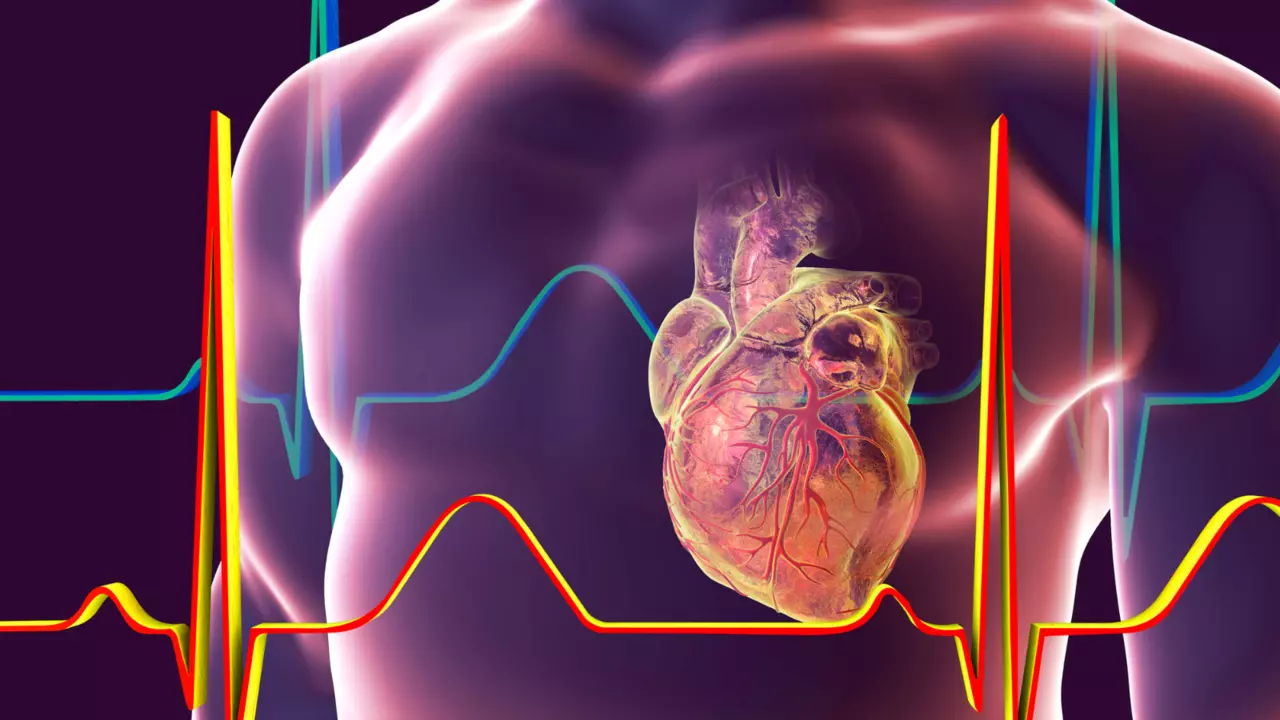Extracardiac Rhabdomyomas in BHD
3 Dec 2023
Rhabdomyomas are rare cancers formed from striated muscle. Although they are usually benign, meaning they do not spread elsewhere in the body, they can negatively impact the structures around them so must be monitored. There are two main types of rhabdomyoma, cardiac (found in the heart) and extracardiac (found elsewhere in the body), which is further split into three subtypes: adult, fetal and genital. Although rare, there have been a few cases of cardiac and adult rhabdomyoma reported in patients with Birt-Hogg-Dubé syndrome (BHD), however, there is not enough evidence to determine whether these are incidental findings or are characteristic of BHD. A recent research letter by Bajwa et al., discusses a patient with BHD who was found to have multiple extracardiac rhabdomyomas and explores whether they could be linked.
The letter describes a 63-year-old man, with known BHD, who presented with ‘fullness’ under the chin. He had an ultrasound and CT of his head and neck which showed multiple soft masses in his neck. A biopsy was taken whereby multiple extracardiac rhabdomyomas were found. The DNA of the tumours was sequenced and demonstrated loss of heterozygosity for the folliculin gene. This is what happens in BHD-related kidney cancer, where the second copy of folliculin acquires a mutation or is lost, which leads to the formation of tumours. This is not the case in the fibrofolliculomas or lung cysts seen in BHD where mutation in a single copy of folliculin is sufficient.
Bajwa et al., explored the literature and this case to further understand whether there may be a link between BHD and rhabdomyomas. Firstly, it must be noted that it is rare to get multiple extracardiac rhabdomyomas, with only 33 cases having been reported in the literature; this suggests a genetic cause. Folliculin was shown to be mutated in the case of the 63-year-old and although BHD was not diagnosed in any of the other cases, one patient was said to have undefined skin papules, which were not investigated further. This suggests it could be the result of BHD.
In addition to multiple cases of rhabdomyoma being recorded in the literature, one study using a rat model of BHD showed that 12% of rats developed rhabdomyomas. At the BHD foundation we were really interested by this case report which appears to be the first piece of evidence demonstrating that loss of heterozygosity of folliculin can drive the growth of rhabdomyomas. This case study, and the limited other reports of rhabdomyomas in BHD, provides a stronger link between rhabdomyomas and BHD and warrants further investigation. A database or patient registry which collects information regarding BHD and infrequent manifestations would further consolidate these associations.
- Bajwa DS, Cook S, Winn R, Winship IM, McQueen A, Husain A, et al. Multifocal extracardiac rhabdomyomas: Extending the phenotype of Birt‐Hogg‐Dubé syndrome. Br J Dermatol. 2021 May 28. Available from: https://academic.oup.com/bjd/article/185/4/861/6600050
- Khalaf MG, Haddad R, Akiki M, Khazen J, Melkane AE. Multifocal adult rhabdomyoma of the head and neck: case report and systematic review of the literature. Vol. 50, International Journal of Oral and Maxillofacial Surgery. Churchill Livingstone; 2021. p. 327–34.
- Bondavalli D, White SM, Steer A, Pflaumer A, Winship I. Is cardiac rhabdomyoma a feature of Birt Hogg Dubé syndrome? Am J Med Genet Part A [Internet]. 2015 Apr 1 [cited 2021 Jul 8];167(4):802–4. Available from: https://pubmed.ncbi.nlm.nih.gov/25655561/
